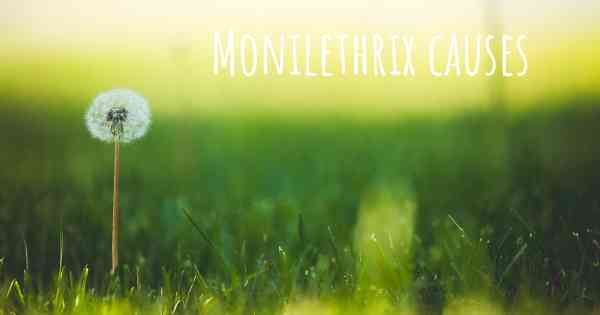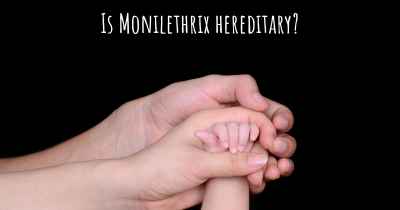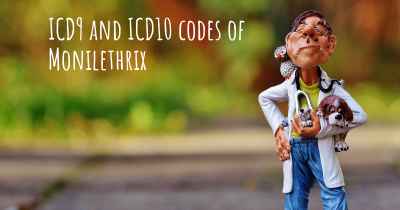Which are the causes of Monilethrix?
See some of the causes of Monilethrix according to people who have experience in Monilethrix

Monilethrix is a rare genetic hair disorder that affects the structure and growth of hair follicles. It is characterized by fragile, brittle hair that easily breaks or forms beaded-like structures along the shaft. The condition is named after the Latin words "monile" meaning necklace and "thrix" meaning hair, referring to the appearance of the affected hair.
Causes:
Monilethrix is primarily caused by mutations in specific genes that are involved in the production of keratin, the protein responsible for hair structure and strength. These genetic mutations affect the normal development and function of hair follicles, leading to the characteristic features of Monilethrix.
Several genes have been identified to play a role in Monilethrix, with the most common mutations occurring in the genes encoding keratin 81 (KRT81), keratin 83 (KRT83), and keratin 86 (KRT86). These genes are responsible for producing keratin proteins that are essential for the formation of the hair shaft.
Inheritance:
Monilethrix is typically inherited in an autosomal dominant pattern, meaning that a person only needs to inherit one copy of the mutated gene from either parent to develop the condition. However, there have been cases where the condition is inherited in an autosomal recessive pattern, requiring both copies of the gene to be mutated for the disorder to manifest.
Other Factors:
While genetic mutations are the primary cause of Monilethrix, there are certain factors that can exacerbate the condition or trigger hair breakage. These include:
- Hormonal Imbalances: Fluctuations in hormone levels, such as those experienced during puberty, pregnancy, or menopause, can affect hair growth and contribute to the fragility of the hair shaft.
- Environmental Factors: Exposure to harsh chemicals, excessive heat from styling tools, and overexposure to sunlight can weaken the hair and make it more prone to breakage.
- Nutritional Deficiencies: Inadequate intake of essential nutrients, particularly vitamins and minerals like biotin, zinc, and iron, can impact hair health and exacerbate the symptoms of Monilethrix.
- Stress: Chronic stress and emotional disturbances can disrupt the normal hair growth cycle and contribute to hair fragility.
Treatment and Management:
Currently, there is no cure for Monilethrix, and treatment mainly focuses on managing the symptoms and preventing further hair damage. Some approaches that can be helpful include:
- Gentle Hair Care: Using mild shampoos, avoiding excessive brushing or combing, and minimizing heat and chemical treatments can help reduce hair breakage.
- Moisturizing: Regularly moisturizing the hair with conditioners or natural oils can improve its elasticity and reduce brittleness.
- Dietary Modifications: Ensuring a balanced diet rich in essential nutrients can support overall hair health. In some cases, supplements like biotin may be recommended.
- Protective Styling: Wearing hairstyles that minimize friction and tension on the hair, such as braids or loose buns, can help prevent further damage.
- Emotional Support: Living with a hair disorder can be emotionally challenging. Seeking support from friends, family, or support groups can provide valuable emotional support and coping strategies.
It is important for individuals with Monilethrix to consult with a dermatologist or a trichologist (hair specialist) for proper diagnosis, guidance, and personalized treatment options.








